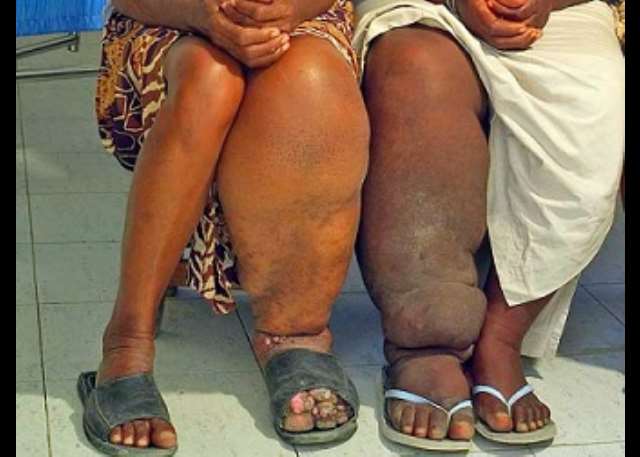World Health Organisation (WHO) has said that an estimated 138.9 million Nigerians are in need of interventions against Neglected Tropical Diseases (NTDs).
This was contained in the WHO’s latest epidemiological and programmatic data for 2022, gathered and analysed in 2023.
WHO said NTDs are endemic in Nigeria as it ranks first in Africa and second globally after India, adding that the diseases are a diverse group of conditions of parasitic, bacterial, viral, fungal, and non-communicable origin.
It said “Nigeria is endemic for several NTDs. The only disease eliminated was dracunculiasis (Guinea-worm disease) in 2013. The population requiring interventions against NTDs was approximately 138.9 million in 2022, ranking first in the African region and second globally after India.
“This includes 138.9 million requiring treatment for lymphatic filariasis through mass drug administration; 48.7 million requiring treatment for soil-transmitted helminthiases through mass drug administration; and 43.5 million requiring treatment for onchocerciasis through mass drug administration.”
NTDs are a group of preventable and treatable diseases that could be caused by viruses and bacterias.
These diseases are called ‘neglected’ because they affect the poorest, most vulnerable people and receive less attention than other diseases.
NTDs, which are common in tropical or sub-tropical regions are closely associated with poverty, poor sanitation, lack of safe water sources, substandard housing conditions and deficient healthcare access.
The Federal Ministry of Health and Social Welfare had said that 12 out of the 20 NTDs were present in Nigeria and only four Local Government Areas (LGAs) were not endemic with any form of NTDs.
The diseases are: Onchocerciasis, Lymphatic Filariasis, Schistosomiasis, Soil-transmitted Helminthiasis, Trachoma, Snakebite Envenoming, Rabies, Buruli Ulcer, Leprosy, Yaws, Leishmaniasis, Human African Trypanosomiasis (HAT) and Guinea-worm Disease (eliminated).





